[SatNews] Another week another successful launch for ULA that again involves the U.S.A.F.
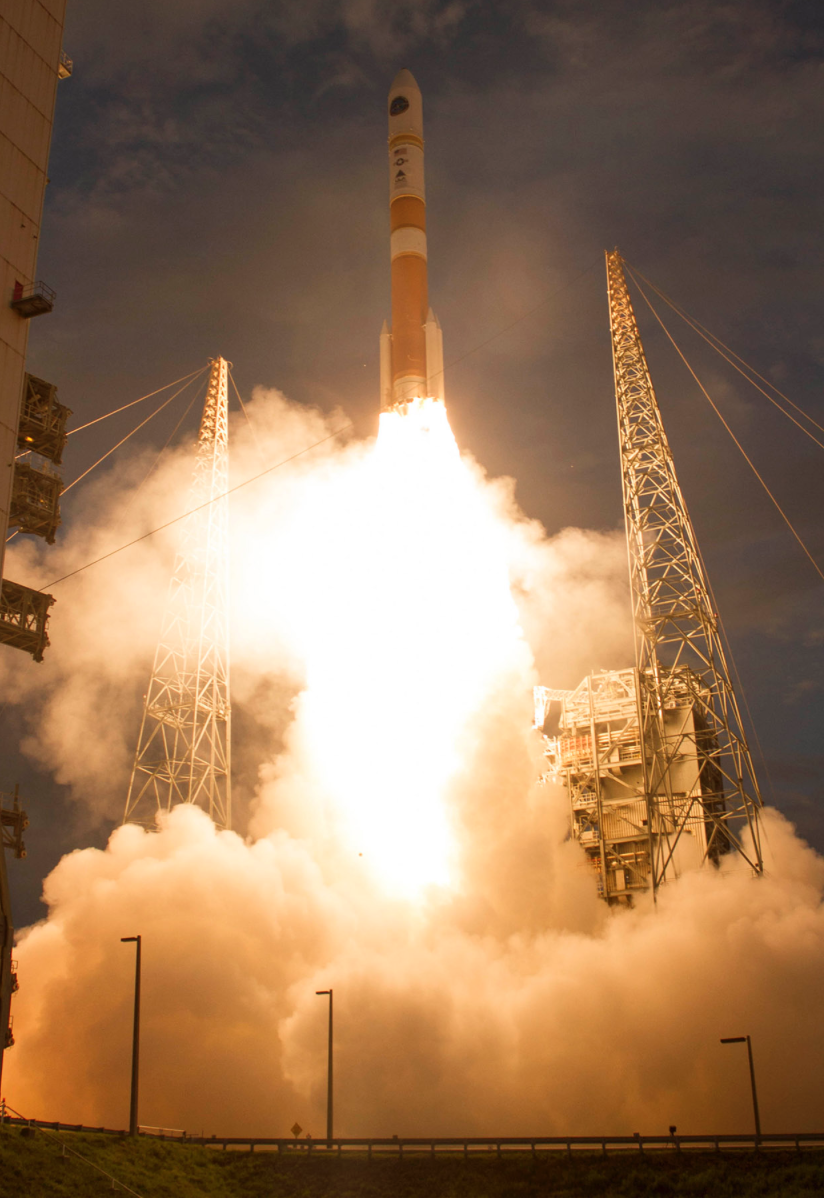
Cape Canaveral Air Force Station, Florida. (July 23, 2015) – A United Launch Alliance (ULA) Delta IV rocket carrying the WGS-7 mission for the U.S. Air Force. Photo by United Launch Alliance
United Launch Alliance Successfully Launches WGS-7
Second Mission for the U.S Air Force Launched in Eight Days
A United Launch Alliance (ULA) Delta IV rocket successfully launched the seventh Wideband Global SATCOM (WGS) communications satellite for the U.S. Air Force at 8:07 p.m. EDT today from Space Launch Complex-37. This is ULA’s seventh launch in 2015 and the second successful ULA launch in just eight days. Today marks ULA’s 98th successful one-at-a-time launch since the company was formed in December 2006.
“Kudos to the Air Force and all of our mission partners on today’s successful launch and orbital delivery of the WGS-7 satellite. The ULA team is honored work with these premier U.S. government and industry mission teammates and to contribute to the WGS enhanced communications capabilities to the warfighter,” said Jim Sponnick, ULA vice president, Atlas and Delta Programs. “The team continues to emphasize reliability, and one launch at a time focus on mission success to meet our customer’s needs.”
This mission was launched aboard a Delta IV Medium-plus (5,4) configuration Evolved Expendable Launch Vehicle (EELV) using a single ULA common booster core powered by an Aerojet Rocketdyne RS-68A main engine, along with four Orbital ATK GEM-60 solid rocket motors. The upper stage was powered by an Aerojet Rocketdyne RL10B-2 engine with the satellite encapsulated in a five-meter-diameter composite payload fairing.
Wideband Global SATCOM provides anytime, anywhere communication for the warfighter through broadcast, multicast and point-to--point connections. WGS provides essential communications services, allowing Combatant Commanders to exert command and control of their tactical forces, from peace time to military operations. WGS is the only military satellite communications system that can support simultaneous X and Ka band communications.
ULA's next launch is the Atlas V MUOS-4 mission for the United States Navy, scheduled for August 31 from Space Launch Complex-41 from Cape Canaveral Air Force Station, Florida.
The EELV program was established by the United States Air Force to provide assured access to space for Department of Defense and other government payloads. The commercially developed EELV program supports the full range of government mission requirements, while delivering on schedule and providing significant cost savings over the heritage launch systems.
With more than a century of combined heritage, United Launch Alliance is the nation’s most experienced and reliable launch service provider. ULA has successfully delivered more than 95 satellites to orbit that provide critical capabilities for troops in the field, aid meteorologists in tracking severe weather, enable personal device-based GPS navigation and unlock the mysteries of our solar system.
Seventh Wideband Global SATCOM Satellite Launched!
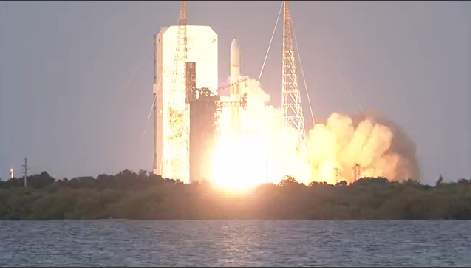
LOS ANGELES AIR FORCE BASE, El Segundo, California - The U.S. Air Force has launched the seventh Wideband Global SATCOM spacecraft on a United Launch Alliance Delta IV launch vehicle at Cape Canaveral Air Force Station on July 23, at 8:07 p.m. EDT. Acquired for the Air Force by the Space and Missile Systems Center, Military Satellite Communications Directorate and built by Boeing Defense, Space & Security, a unit of The Boeing Company, WGS is the nation's next-generation wideband satellite communications system supporting soldiers, sailors, airman, Marines, and international partners around the world.
Over the next few months, Boeing will begin on-orbit testing of WGS-7 to verify nominal performance and prepare the satellite for operational use. Ultimately, WGS-7 will be controlled by the U.S. Air Force's 3rd Space Operations Squadron at Schriever Air Force Base. WGS-7 is expected to enter operations in early 2016.
"The WGS constellation continues to provide significant added capacity to our DoD space communications architecture." said Lt. Gen. Samuel Greaves, Space and Missile Systems Center commander and Air Force Program Executive Officer for Space. "WGS delivers crucial wideband communication to soldiers, sailors, airmen, Marines, and international partners around the globe. I am proud of the hard work and cooperation of the government and contactor teams on another successful WGS launch."
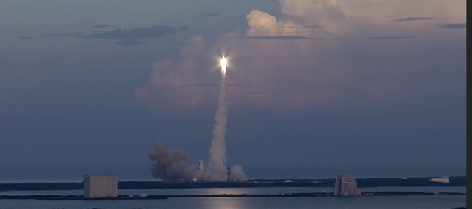
The Space and Missile Systems Center is the U.S. Air Force's center of acquisition excellence for acquiring and developing military space systems. With three more satellites in production, the WGS constellation is planned to have a total of ten satellites on orbit by 2018.
Aerojet Rocketdyne Supports ULA Launch of Wideband Global SATCOM Spacecraft for U.S. Military
Aerojet Rocketdyne (NYSE: AJRD) played a major role in successfully launching and placing the seventh Wideband Global SATCOM (WGS-7) spacecraft into orbit for the U.S. military. The mission lifted off from Launch Complex 37 at Cape Canaveral Air Force Station in Florida on July 23 aboard a United Launch Alliance (ULA) Delta IV medium rocket. Aerojet Rocketdyne propulsion included an RS-68A booster engine, an RL10B-2 upper-stage engine and an apogee-raising engine aboard the spacecraft.
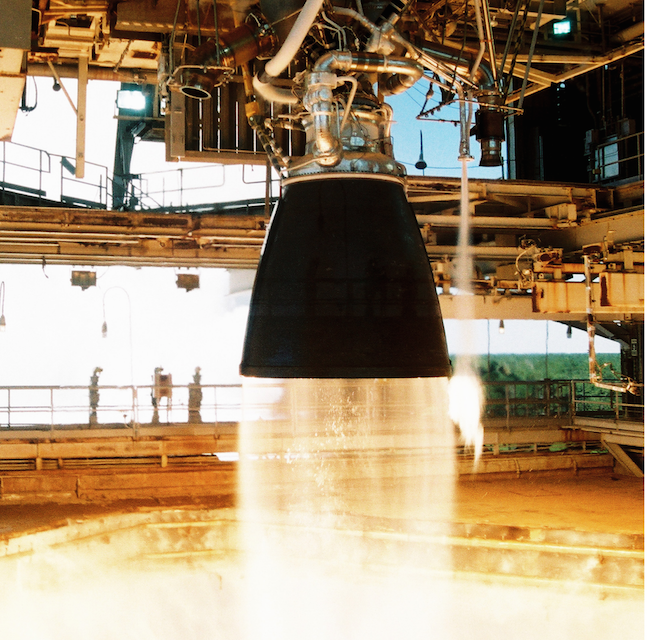
RS-68A – the world’s most powerful liquid-hydrogen/liquid-oxygen booster engine.
“Aerojet Rocketdyne is honored to have powered this critical spacecraft into orbit for the U.S. Air Force,” said Steve Bouley, vice president of Space Launch Systems at Aerojet Rocketdyne. “The seamless integration of our propulsion systems, from launch to orbit insertion, culminated in another successful launch.”
During launch, the rocket was boosted off the pad by the RS-68A – the world’s most powerful liquid-hydrogen/liquid-oxygen booster engine, which provides 702,000 pounds of liftoff thrust. Beginning with this launch, Aerojet Rocketdyne’s upgraded RS-68A engine, which features increased thrust and improved combustion efficiency, will now power all future Delta IV medium and Delta IV Heavy rockets for ULA. The RS-68A’s predecessor, the RS-68 engine, has been “retired” after 28 successful missions (42 engines total) with 100-percent mission success.
After the upper-stage separated from the launch vehicle, a single RL10B-2 engine ignited to provide 24,750 pounds of thrust to power the upper stage into orbit. For more than five decades, the RL10 has been one of the United States’ most reliable upper-stage engines, accumulating one of the most impressive lists of accomplishments in the history of space propulsion. It has played an integral role in placing numerous military, government and commercial satellites into orbit, and powering space-probe missions to nearly every planet in the solar system.
Twelve Aerojet Rocketdyne monopropellant (hydrazine) thrusters in four modules on the Delta IV upper stage provided roll, pitch and yaw control as well as settling burns for the upper stage main engine. ARDÉ, a subsidiary for Aerojet Rocketdyne based in New Jersey, furnished 11 pressurant tanks for the vehicle. Once separated from the launch vehicle, WGS-7 will use Aerojet Rocketdyne's High Performance Apogee Thruster (HiPAT™) for orbit insertion.
The Boeing-built WGS satellites are part of a larger system that increases military communications capabilities for U.S. and allied forces deployed worldwide. They help support the exchange of information, execution of tactical command and control, intelligence, surveillance and reconnaissance.
Aerojet Rocketdyne is an innovative company delivering solutions that create value for its customers in the aerospace and defense markets. The company is a world-recognized aerospace and defense leader that provides propulsion and energetics to the space, missile defense and strategic systems, tactical systems and armaments areas, in support of domestic and international markets. Additional information about Aerojet Rocketdyne can be obtained by visiting our websites at www.Rocket.com and www.AerojetRocketdyne.com .
Orbital ATK Integral to Successful ULA Delta IV Launch of WGS-7 Spacecraft for U.S. Military
Orbital ATK (NYSE: OA), a global leader in aerospace and defense technologies, provided propulsion, composite and spacecraft technologies to enable the successful launch of both the United Launch Alliance (ULA) Delta IV vehicle and the seventh Wideband Global SATCOM (WGS-7) satellite that launched today from Cape Canaveral Air Force Station, Florida.

ATK test of GEM-60 solid rocket motor
“Orbital ATK’s contributions to the launch vehicle and satellite demonstrate the broad range of reliable systems we offer,” said Charlie Precourt, Vice President and General Manager of Orbital ATK’s Propulsion Systems Division. “Our integrated products play a key role in delivering increased communications capabilities to U.S. and allied forces.”
Both the satellite and Delta IV launch vehicle use cutting-edge technologies from multiple Orbital ATK facilities. For the WGS-7 satellite, Orbital ATK provided thermal control hardware manufactured at Orbital ATK's Beltsville, Maryland, facility.
For the Delta IV rocket, Orbital ATK provided four 60-inch diameter Graphite Epoxy Motors (GEM-60). The 53-foot-long solid rocket boosters burned for 90 seconds and provided more than 1.1 million pounds of thrust. Orbital ATK produced the solid rocket motors at its Magna, Utah, facility, where it has manufactured 72 GEM-60s for the Delta IV launch vehicle since the initial flight in 2002.
Orbital ATK also supplied a combined eighteen Delta IV and GEM-60 key composite structures, which provide lower weight and higher performance. The largest composite structures are four to five meters in diameter, range from one to eight meters in length, and are produced using either advanced wet winding or hand layup, machining and inspection techniques at Orbital ATK’s manufacturing facilities in Iuka, Mississippi, and Clearfield, Utah.
Additionally, Orbital ATK manufactured the propellant tank for the Delta IV upper stage roll control system at the company’s Commerce, California, facility, and it designed and manufactured the nozzle for Delta IV's RS-68A engine at its Promontory, Utah, facility. Orbital ATK also designed and produced the nozzle's thermal protection material, which is capable of shielding the nozzle from the extreme heat of launch, when external temperatures can exceed 4,000 degrees Fahrenheit.
The WGS-7 satellite is part of a larger system that increases military communications capabilities for U.S. and allied forces deployed worldwide. The system helps support the exchange of information, execution of tactical command and control, intelligence, surveillance and reconnaissance.
Mission
WGS satellites are important elements of a new high-capacity satellite communications system providing enhanced communications capabilities to America's troops in the field for the next decade and beyond. WGS enables more robust and flexible execution of Command and Control, Communications Computers, Intelligence, Surveillance, and Reconnaissance (C4ISR), as well as battle management and combat support information functions. The WGS constellation augments the existing service available through the UHF Follow-on satellite by providing enhanced information broadcast capabilities.
WGS-7 will be the 30th Delta IV mission since the vehicle's inaugural flight in 2002. This is the fifth flight in the Medium+ (5,4) configuration, and all launches in this configuration were WGS missions.
WGS-7, the first Block II Follow-on satellite, supports communications links in the X-band and Ka-band spectra. While Block I and II satellites can instantaneously filter and downlink up to 4.575 MHz from 39 primary channels, WGS-7 can filter and downlink up to 5.375 MHz from 46 primary channels.
As with the Block II satellites, WGS-7 includes a high-bandwidth radio frequency (RF) bypass capability, which allows for larger bandwidth allocations to users. Depending on the mix of ground terminals, data rates, and modulation and coding schemes employed, a single WGS satellite can support data transmission rates between 2.1 and 3.6 Gbps.
WGS-7 also allows for up to ~800 MHz of additional bandwidth through the use of “Redundant Port Activation.”
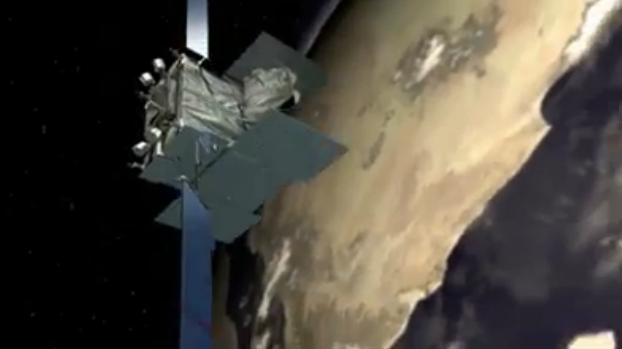
Courtesy of Boeing
WGS has 19 independent coverage areas, 18 of which can be positioned throughout its field-of-view. This includes eight steerable/shapeable X-band beams formed by separate transmit/receive phased arrays; 10 Ka-band beams served by independently steerable diplexed antennas; and one transmit/ receive X-band Earth-coverage beam. WGS can tailor coverage areas and connect X-band and Ka-band users anywhere within its field-of-view.
Five globally-located Army Wideband SATCOM Operations Centers provide 24/7 payload monitoring and command and control of the WGS constellation. Each Global Satellite Configuration and Control Element has the capability to control up to three satellites at a time.
Spacecraft platform control and anomaly resolution is accomplished by the 3rd Space Operations Squadron at Schriever Air Force Base in Colorado Springs, Colorado.